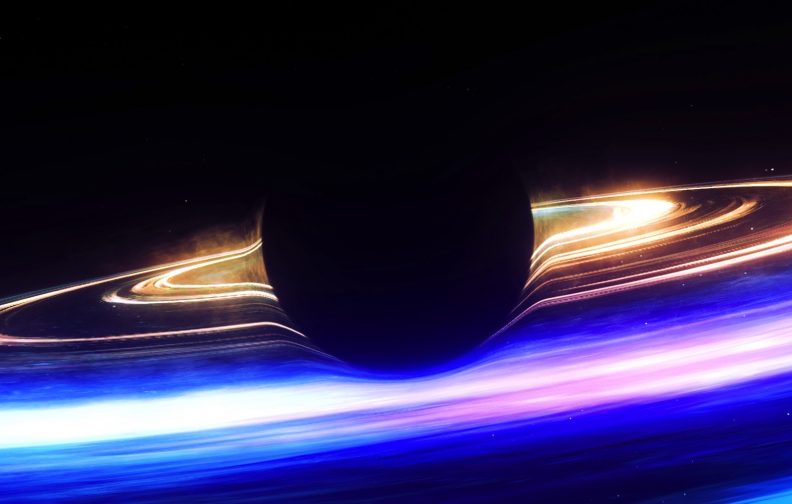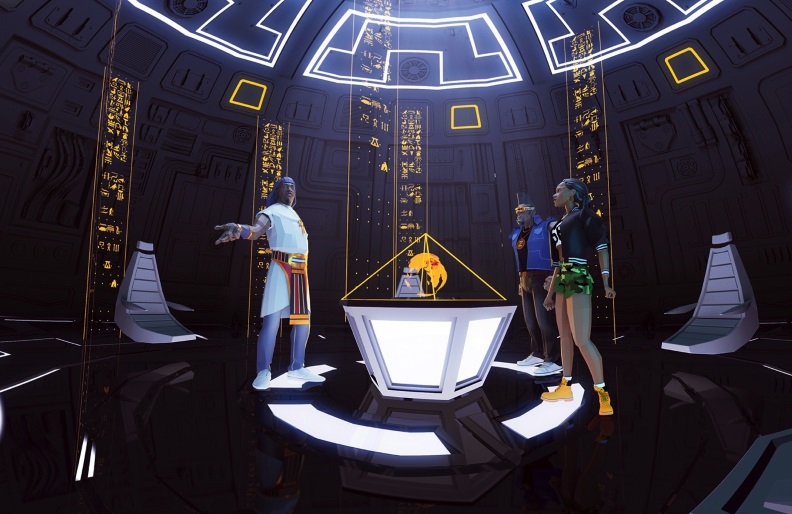Two years into the rise of modern virtual reality, following the launch of the Oculus Rift, HTC Vive and PlayStation VR, the medium might seem as if it’s losing a bit of its luster. Headsets are cheaper and easier to use, especially with new Windows Mixed Reality devices, yet VR experiences are still a mixed bag. That’s understandable, since we’re stepping into an entirely new art form, but consumer adoption depends on VR creators figuring out their storytelling language soon.
Luckily, that seems to be a trend at the Sundance New Frontier Exhibition this year. We’re moving beyond the initial “wow factor” and toward more mature experiences that take advantage of VR’s unique ability to immerse you.
“When VR started, everyone started these lists of things you can’t do,” Oculus creative producer Yelena Rachitsky. “They always talked about explaining who you have to be as an audience. For example, you have to be a dead person, or someone who came out of a coma. The thing with all of these [new experiences] … each one has you as a role of the audience all being completely different from each other, but they all work in their own way… I think creators are getting that much better at that blend of interactivity and storytelling.”
Oculus shut down Story Studio, its internal VR production outfit, last year — now it’s bringing films from its partners to Sundance. Fable Studio, which is made up of former Story Studio employees, is debuting an adaptation of Neil Gaiman’s The Wolves in the Wall. Additionally, there’s Masters of the Sun, a virtual rendition of the Black Eyed Peas comic; Space Explorers: A New Dawn, an episodic series about the next generation of space travel; Spheres, a new experience from Fistful of Stars creator Eliza McNitt, which turns you into a black hole (literally); and Dispatch, which puts you in the shoes of a 9-1-1 dispatcher.
What’s truly interesting about each of these experiences, based on my demos, is that they all bring something new to the world of virtual reality. In The Wolves in the Wall, you play as an imaginary friend to a young girl named Lucy. She’s not your typical scripted character. Lucy can see where you’re looking and cater her responses to that. She can hand you objects, and you can interrupt her during the story, based on what you’re doing. Most intriguingly, she can remember what you’ve done in the past. She’s the embodiment of what Fable Studio is aiming for: a truly interactive virtual character.
“[Wolves in the Wall] doesn’t show interactivity in a blatant way,” Rachitsky said. “Instead of picking up something or throwing something, it’s much more subtle. There are a lot of things you might not notice… It doesn’t change the course of the story, but it changes your experience.”
Masters of the Sun, meanwhile, takes the narrative of a traditional comic into a virtual world. Instead of flat panels, you have meticulously detailed 3D environments to explore. You progress by looking at specific characters or objects, which is similar to how you’d look for speech or narration bubbles. And it uses the power of VR to put you right into the perspective of certain characters. At one point, I found myself looking through the glasses of a drug-dealing comic-book-store clerk right before he was attacked by a zombie.
Felix & Paul, the VR outfit behind the excellent documentaries from the Obama White House, is debuting a new episode of Space Explorers at the festival. Honestly, knowing that was enough to spark my interest. They’ve shown a knack for pushing VR filmmaking forward, and that continues to be the case with Space Explorers. It’s a gorgeous look at what astronauts are going through today to train for missions to Mars and elsewhere. Consider it the next best thing to a Space Camp vacation.

And with Spheres, Eliza McNitt manages to bring her VR fascination with space to a completely new level. While her last film showed us how stars are born, this one follows what happens after a star dies: Sometimes they turn into black holes. Spheres lets you do things scientists can only dream of. We see a star go supernova, dive beyond the event horizon of a black hole, then come back out to assume the role of a black hole. By waving your hands, you can devour nearby planets, and eventually you end up joining with a neighboring black hole. Let’s just say interstellar travel hasn’t been this exciting since Interstellar.
The survival of virtual reality depends on artists like these — people pushing a new medium forward in bold ways. There’s also a major difference with every VR film this year: Many more people will actually have a chance to see them, thanks to cheaper headsets. That means it’s more important than ever to wow them from the start.
This article was originally published by Engadget.

